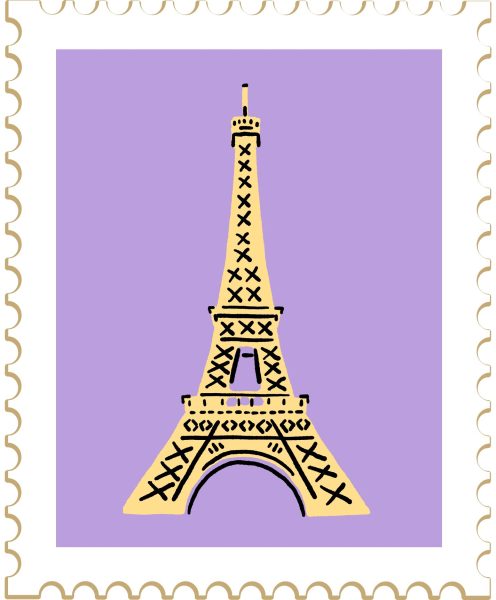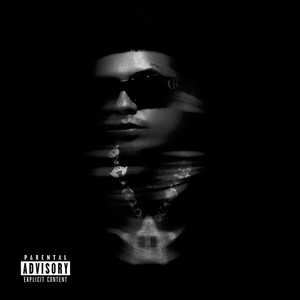Stripping the Whale art exhibit inspired by ‘Moby Dick’
ENG 400 students created art pieces with pages and quotes from “Moby Dick.”
A “Moby Dick”-themed art exhibit was featured in O’Dowd Hall from 5-7 p.m. on Thursday, April 13. The exhibit was made by students who studied “Moby Dick” in an English 400 class this semester.
The project was spearheaded by Jeffrey Insko, associate professor of English, and David Shaerf, assistant professor of English.
“Professor Insko and I decided to team-teach a course on ‘Moby Dick’ and art,” Shaerf said. “As a final project, we asked the students to make art inspired by and in conversation with ‘Moby Dick.’ We thought to have an art show of it. It’s exceeded expectation; all these pieces are so amazing.”
The exhibit included paintings, originally composed music, books, quilts and sculptures. Many students incorporated pages and quotes from the famous book in their art pieces.
Many of the artists talked about their pieces at the event.
“One of the things that I found most interesting about the experience of the text was the concept of physical books and papers, which was something in our generation that I think is so lost: a palpable book,” said Lindsay Onica, a senior studying English. “How many e-books have you bought? That and going through the experience of the novel. The body of the text, for me, represents the physicality of the pages that you’re experiencing while you’re reading the novel, and it is a physical experience. Ishmael is the first-person narrator. He’s experiencing his physical world and then kind of regurgitating that, processing that and putting that into words and text for readers.”
Onica is enrolled in Shaerf’s class. As part of the exhibit, she created a sculpture called “The Body of Text,” of life-size human body made from pages of “Moby Dick.”
“There’s not one page of the novel that’s not on this mannequin,” she said. “It’s every single page.”
Onica said she bought an extra novel to create her piece for the exhibit and, like her professor, found the novel inspiring.
“[‘Moby Dick’] was a book I came to a little bit later,” Shaerf said. “When I was a student, I had to read it, and I hated it. I reread it when I graduated, and I discovered what an amazing piece of work it is. I became obsessed.”
Shaerf is wrapping up production on a documentary he directed about “Moby Dick.” It discusses the novel, art inspired by “Moby Dick” and people who study and are inspired by the novel. He plans to informally premiere the film this summer before it hits independent movie festivals.
“To see how ‘Moby Dick’ has made an impression on these students is incredible,” he said. “It’s remarkable to see what kind of an impact it can have on people of all ages.”








